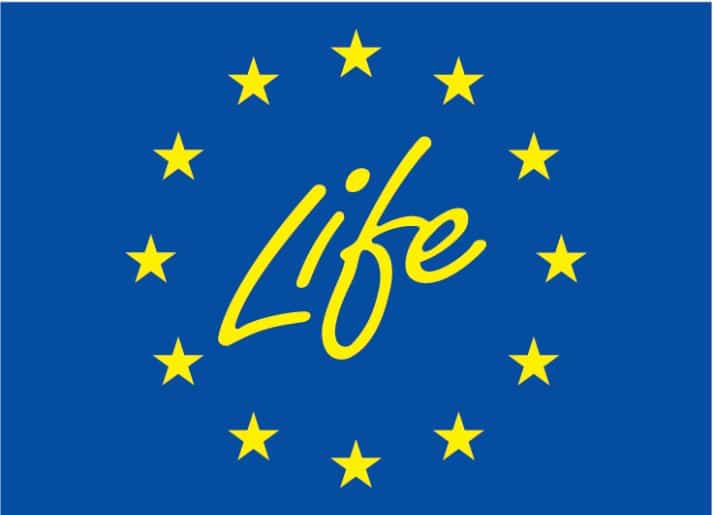COP28 and international carbon markets: what to expect?
This is the third installment of the Topic of the Month: Inside COP28
COP28 is now about to close, and while at time of writing it is still too early to assess the results of this year’s UN Climate Change Conference, we can expect negotiations to proceed in the final days. This COP started off rather positively with international organisations, companies and countries pledging more money for climate action. However, the disappointing take-aways from the first Global Stocktake exercise (which assesses the progress made towards the goals of the Paris Agreement) show that the global community remains far off track from keeping average temperatures well below 2 degrees Celsius. Challenges loom large on the horizon as high inflation rates and international conflicts are diverting attention and resources away from climate finance.
It is therefore worth reviewing the negotiations related to carbon markets at COP28, which receive less public attention due to their more technical nature. Yet, accelerating the development of international carbon markets could bring tangible environmental results without requiring additional government spending. In fact, there have been important developments in the carbon market landscape since the adoption of the Paris Agreement, and the negotiations at this year’s COP28 could remove some long-standing barriers to further progress.
Article 6 and COP28
The Paris Agreement, through its Article 6, envisions an international regulatory framework for cooperation on climate policies, including carbon trading among states and private actors. This includes voluntary cooperation for carbon trading, even separate from country’s national compliance markets, such as the EU Emissions Trading System (ETS). There are two market-based approaches to international cooperation outlined in Article 6.
Article 6.2 allows countries to transfer emissions reductions or removals to other countries through internationally transferable mitigation outcomes (ITMOs). The article allows countries to trade ITMOs directly through bilateral agreements. While they can already be traded, the complex negotiation of these bilateral agreements has slowed down the process so far. Only a few countries, such as Switzerland and Japan, have a framework in place that allows them to trade ITMOs and count them towards their nationally determined contributions (NDCs), the national emission reduction targets under the Paris Agreement. Notable progress was made at COP26 in Glasgow to avoid that emission reductions are double counted both towards the host’s and the buying country’s NDCs. At COP28 several technical elements are discussed to facilitate carbon trading under Article 6.2. They concern the authorization of ITMOs, an international registry and the reporting of transactions to ensure transparency.
At this climate conference in Dubai, attention is focussed on Article 6.4. This part of the article sets the stage for a centralised mechanism replacing the Clean Development Mechanism. This new credit system, where developers of emissions reduction and removal projects can sell credits to other countries and private actors, would be overseen by a UN Supervisory Body. Project developers would have to obtain approval from host countries for mitigation activities before applying to the Supervisory Body. Once approved, they would receive carbon credits, often called “A6.4ERs”, which can be transferred to other countries. The mechanism is still under development and no credits have been issued under the article so far. The Supervisory Body, responsible for determining the guidelines for Article 6.4, has now presented its recommendations to the Parties of the Paris Agreement at COP28. If endorsed, the UN would be able to proceed with the registration of projects under Article 6.4 already in 2024, potentially providing a new structure for a global carbon market with UN-determined eligibility rules.
Article 6.4: What is being negotiated?
A key challenge lies in determining the eligibility criteria for projects that can generate carbon credits. Striking the right balance is crucial—criteria too restrictive may hinder countries from approving a meaningful number of projects, while overly broad standards may lead to the inclusion of projects with questionable environmental and social claims.
The recommendations of the Supervisory Body concern the requirements for the development and assessment of Article 6.4 mechanism methodologies and propose regulation on aspects such as the ambition, transparency, baselines and monitoring of eligible activities. The Supervisory Body also presented recommendations on activities involving removals under the Article 6.4 mechanism. This is a particularly contentious issue as carbon removal activities include both nature-based approaches such as afforestation and technology-based methods for carbon capture and storage. Stakeholders have voiced concern about the environmental integrity of carbon removals and fear that the suggested rules are insufficient to guarantee the added value of certain removal activities. The final recommendations, awaiting approval in Dubai, neither favour nor discriminate against any natural and technological solutions.
Another essential aspect that has been addressed by the Supervisory Body is the additionality and permanence of emission reductions. The challenge lies in ensuring that approved activities genuinely contribute to emission reduction, and that any removed CO2 remains stored and is not leaked into the atmosphere again. The recommendations of the Supervisory Body require projects to provide an in-depth analysis of all relevant legislation and barriers to investment to demonstrate that the mitigation measures would have not been realised otherwise. The permanence of the emission removals should be ensured by extending the monitoring beyond the crediting period.
While the new proposals seem to go into the right direction, experts caution that the success of individual projects ultimately depends on effective implementation and that many details still need to be clarified to ensure the environmental integrity of the new Article 6.4 mechanism in particular.
COP28 takeaways for carbon markets
Whereas COP28 has failed to commit to a global fossil fuel phase-out so far, we can expect more subtle progress to be made on the development of international carbon markets. Suggestions are on the table to restore the integrity of the voluntary carbon market, and private actors have voiced their support for further standardisation and regulation (for more information watch the COP28 side event The Evolving Voluntary Carbon Market: Reconciling the paradox between innovation and supervision). Moreover, COP28 has shown some high-level political support for carbon pricing measures, such as ETSs and carbon taxes. In her opening remarks at the conference, European Commission’s President Ursula Von der Leyen stated “Carbon pricing nudges the private sector towards innovation. It makes heavy polluters pay a fair price. And the revenues can be reinvested in the fight against climate change, in innovation and in a just transition.” These are positive signs for the future development of carbon markets. However, for the voluntary carbon market, the devil is in the details and the success will depend on whether the new rules will be sufficient to restore trust by ensuring high environmental integrity.







